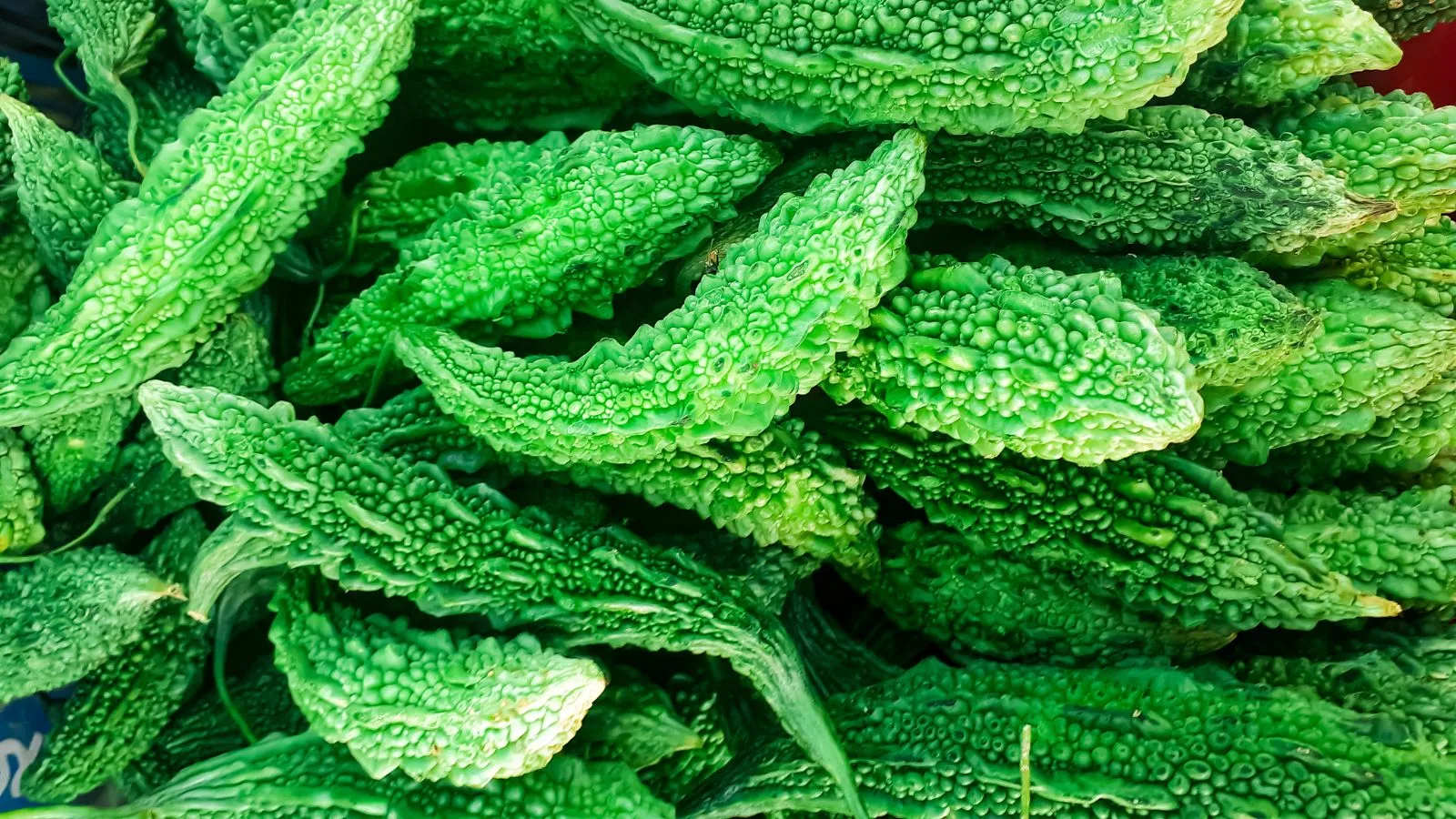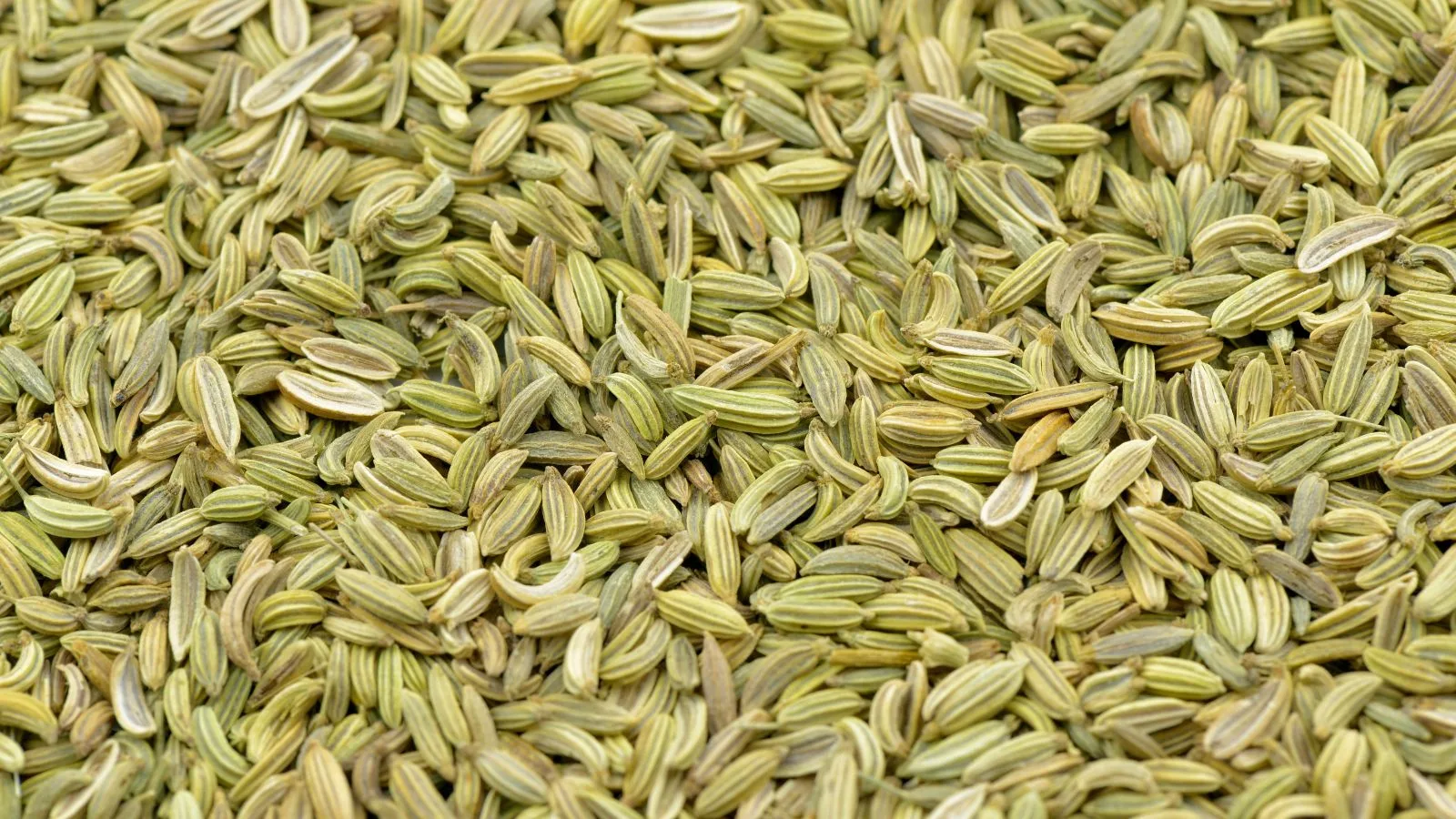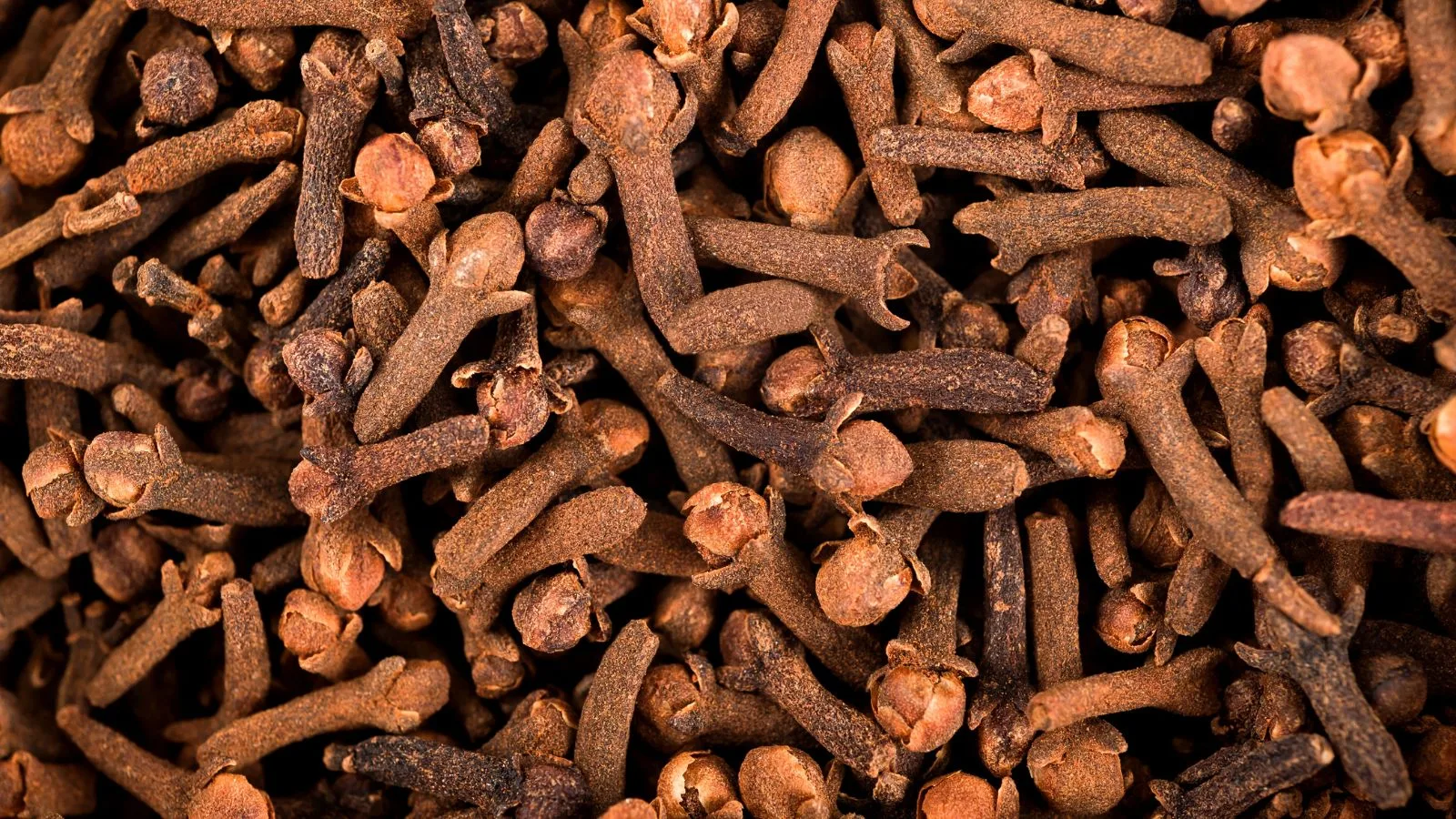Eucalyptus (Eucalyptus globulus) is a fast-growing evergreen tree native to Australia and widely cultivated in tropical and subtropical regions worldwide. It has smooth, peeling bark, bluish-green leaves, and produces aromatic essential oil used in traditional medicine and aromatherapy.
Scientific Classification
- Kingdom: Plantae
- Phylum: Angiosperms
- Class: Eudicots
- Order: Myrtales
- Family: Myrtaceae
- Genus: Eucalyptus
- Species: Eucalyptus globulus
Common Names
- English: Eucalyptus, Blue Gum Tree
- Sanskrit: Tailapatra
- Hindi: Nilgiri
- Tamil: Thaila Maram
- Telugu: Nallagiriya Chettu
- Bengali: Nilgiri Gachh
- Marathi: Nilgiri
Traditional and Medicinal Uses
- Respiratory Health – Used to relieve congestion, cough, and asthma symptoms through inhalation therapy.
- Antimicrobial and Antiseptic Properties – Its essential oil has strong antibacterial and antifungal activity, used for wound healing and infections.
- Pain Relief and Anti-Inflammatory Benefits – Applied topically to reduce muscle pain, joint inflammation, and headaches
Phytochemical Constituents
- Essential Oils: Eucalyptol (1,8-Cineole), α-Pinene, Limonene
- Flavonoids: Quercetin, Kaempferol
- Tannins: Ellagitannins, Gallotannins
- Terpenoids: Globulol, Aromadendrene
- Phenolic Compounds: Caffeic acid, Gallic acid
Eucalyptus contains several bioactive compounds responsible for its medicinal properties. Some major phytochemicals include:
References
Ayurvedic Pharmacopoeia of India (API), Govt. of India.
Sharangdhar Samhita, Chapter on Digestive Disorders.
Ayurvedic Pharmacopoeia of India (API), Govt. of India.
Sharangdhar Samhita, Chapter on Herbal Remedies.
Bachir, R.G., & Benali, M. (2012). “Antibacterial activity of Eucalyptus globulus essential oil.” Microbial Pathogenesis, 52(2), 35-40.
European Pharmacopoeia, 10th Edition, Council of Europe.
Santos, F.A., & Rao, V.S. (2000). “Antiinflammatory and antinociceptive effects of Eucalyptus globulus essential oil.” Journal of Ethnopharmacology, 89(2-3), 277-283.
Chopra, R.N., Nayar, S.L., & Chopra, I.C. (1956). Glossary of Indian Medicinal Plants. CSIR, New Delhi.













